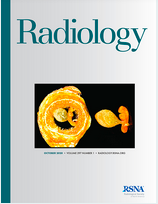 The European OPTIMISTIC trial showed, in 231 patients with Steinert’s disease ( DM1) suffering from severe chronic fatigue, that people who received cognitive behavioral therapy (CBT) for 10 months are more active during the day (DM1-Activ-c scale, activity monitor, 6-minute walk test, etc.) with better social participation and a reduced level of fatigue and drowsiness.
The European OPTIMISTIC trial showed, in 231 patients with Steinert’s disease ( DM1) suffering from severe chronic fatigue, that people who received cognitive behavioral therapy (CBT) for 10 months are more active during the day (DM1-Activ-c scale, activity monitor, 6-minute walk test, etc.) with better social participation and a reduced level of fatigue and drowsiness.
An MRI was performed on 27 of his participants to determine the effects of this increased physical activity on the muscles of the lower limbs.
- There was a 4.2% increase in cross-sectional area of muscles in people who underwent CBT.
- The progression of fatty infiltration is identical in people who have had a TBI to those who have had conventional support.
